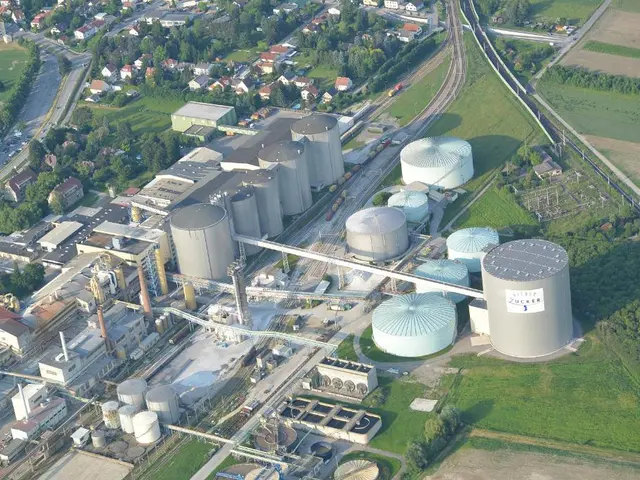Global Coal Demand Trends Shift Towards Renewables, Led by China's Transition
For the first time in three years, the International Energy Agency (IEA) predicts a decrease in global demand for coal, with China playing a pivotal role in this shift towards cleaner energy sources.
While the global coal demand is projected to reach an all-time high of 8.54 billion tonnes in 2023, surpassing the 2022 record of 8.42 billion tonnes, the IEA anticipates it to decrease from 2024 onwards, falling by approximately 2.3% by 2026 [1].
Keisuke Sadamori, Director of Energy Markets and Security at the IEA, stated that the trends indicate an impending turning point for coal usage. He pointed out that while previous drops in global coal demand have been short-lived, stemming from extraordinary events such as the collapse of the Soviet Union or the COVID-19 pandemic, this time around, the decline appears to be more structural and tied to the increasing adoption of cleaner energy technologies [1].
The IEA predicts that half of the renewable energy capacity added in the coming three years will be in China. Currently, China accounts for over half of the global coal demand, with its requirement surpassing 56% of the world's total consumption in 2023 [1][4].
The recently concluded international climate agreement, although offering a non-binding commitment to transition away from fossil fuels, included vague language that some governments may interpret as requiring minimal effort toward energy transition [2]. The agreement failed to mandate a coal phase-out, as requested by over 100 countries and numerous climate groups [2].
China's role in shaping the global coal demand trend is crucial. Although coal continues to serve as a significant energy source for the country due to energy security concerns and the need for backup power during periods of reduced hydropower output [3][4], rapid progress in renewable energy has been marked.
While remaining the world's largest coal consumer, China is making significant strides in renewable energy. It has already surpassed its 2030 clean energy goal six years early, driven by substantial investments and supportive policies [4]. China's solar capacity has seen a 45.2% increase in 2024, and its wind capacity grew by 18% during the same year [4].
However, the transition towards a net-zero emissions future faces challenges in China. The country aims to achieve this goal by 2060, but the exact pathways and timelines for accomplishing this are not yet clear [4].
References:
[1] "Global coal demand expected to fall as China uses more renewable energy" ()
[2] "New global climate agreement fails to mandate fossil fuel phase-out" ()
[3] IEA "Coal 2023" ()
[4] "China's Rapid Transition to Renewable Energy" ()








